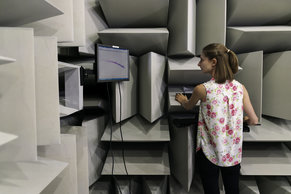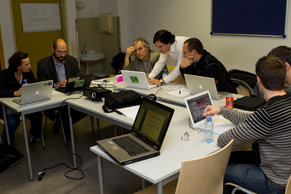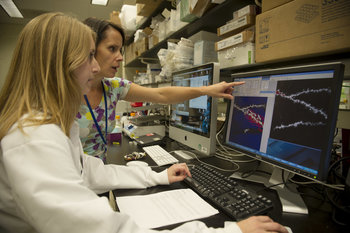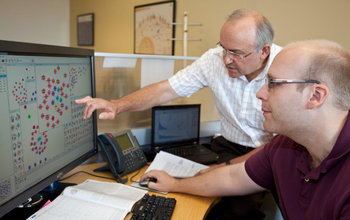|
| |
Data collection, or data collecting, is the process of discovering and developing data for the purposes of data analysis. This can involve research to collect existing data and initiatives to develop new data. The following are common examples of data collection.
Academic Papers | Academic Publications | Artifacts | Behavioral Data | Blogs | Books / Ebooks | Business Journals | Clinical Trials | Communications | Corporate Publications (e.g. Financial Reports) | Database Queries | Documents | ETL | Event Data | Experiments | Focus Groups | Geographical Data | Government Publications / Datasets | Industry Publications / Datasets | Institutional Publications / Datasets | Interviews | Logs | Machine Data | Measurements | Media | Metadata | Observations | Podcasts | Press Releases | Questionnaires | Records | Reference Data | Sensors | Social Media | Surveys | Time Series | Transactional Data | Transcripts | Unstructured Data | User Input | Vlogs | White Papers |
|
Type | | Definition | The process of discovering and developing data for the purposes of data analysis. | Also Known As | | Related Concepts | |
Data Analysis
This is the complete list of articles we have written about data analysis.
If you enjoyed this page, please consider bookmarking Simplicable.
© 2010-2023 Simplicable. All Rights Reserved. Reproduction of materials found on this site, in any form, without explicit permission is prohibited.
View credits & copyrights or citation information for this page.
|































